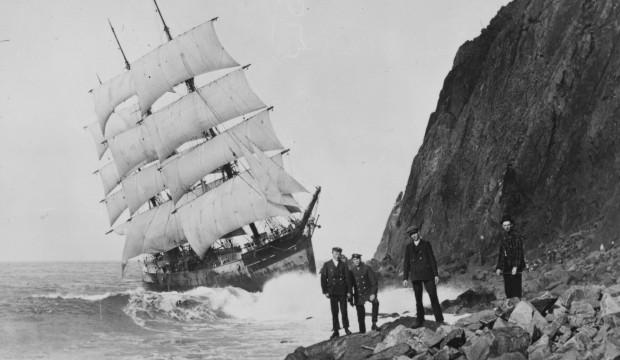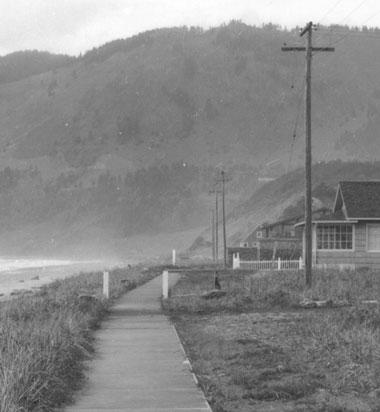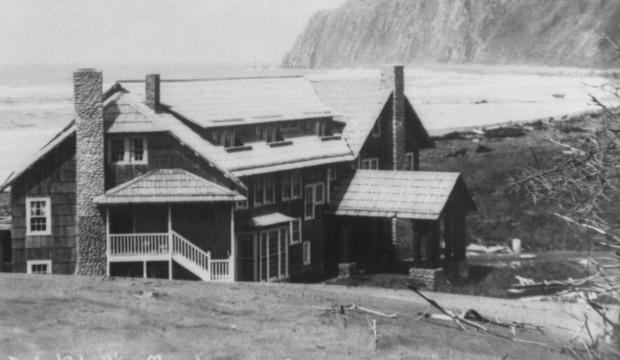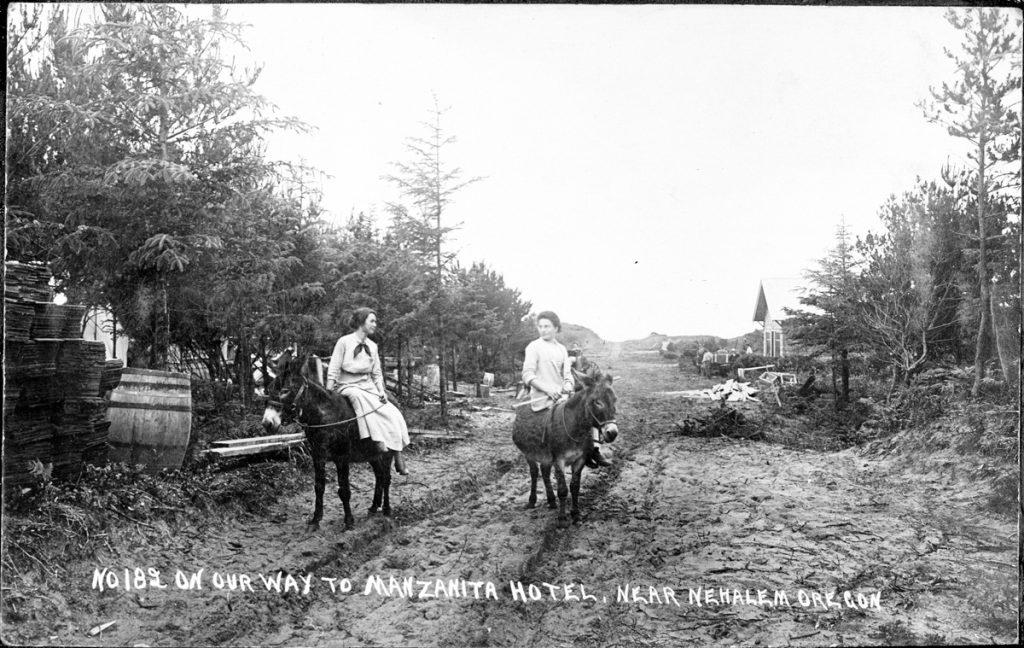A Short History of Manzanita
HISTORY: MYSTERIES AND CURIOSITIES
The next time you hike to the top of Neahkahnie Mountain, you might contemplate the treasure legend has it is buried somewhere along the way.
You certainly wouldn’t be the first to do so. Over the last 100-plus years, many have taken to the mountain armed with maps and shovels in search of the lost fortune. In the 1930s, two men died while excavating a portion of the mountain after their makeshift mine caved in on them.
It all started with a story passed along from the Nehalem tribe to the Nehalem Bay area’s early white settlers. According to the tale, a group of sailors, believed by many to be 16th century Spaniards, arrived on a ship and carried a chest to the top of the mountain. Then the men dug a hole and placed the chest inside before slaying what modern people believe was an African slave with a sword, laying him on top of the chest and covering it with earth. Nehalem oral history tradition maintains the men killed the slave and buried him with the treasure to frighten anyone who might be tempted to tamper with it.
Several centuries later, the local pioneers remarked on the hospitality of the Nehalems, who were not only accustomed to the sight of approaching ship sails, but who were happy to trade the beeswax they found, most likely the byproduct of a wrecked Spanish cargo ship that historians believe ran aground on Nehalem Spit around 1700, for more exotic goods.
By the early 1900s, white settlers had begun looking at Manzanita as a potential resort for Portland’s leisure class. Sam Reed, for whom Neahkahnie’s Reed Road is named, founded the area’s first oceanfront hotel and drinking establishment, the Neahkahnie Tavern and Inn.
Those having a drink at the tavern would have enjoyed a clear view of the wreck of the Glenesslin, a British ship that ran aground on the rocks below Neahkahnie Mountain in 1913. It was generally believed the crew steered the ship to its demise deliberately in hopes of cashing in on an insurance policy and replacing the steam-powered relic with a new vessel.
By 1914, real estate agents were touting Manzanita and Neahkahnie as “the Carmel of the North.”
Portlanders visited Manzanita by train, disembarking in Mohler and then hopping a stage car to the beach. Once they arrived, they had their choice of hotels or tent camping. For those who wanted to check the wind conditions at the shoreline before changing into their swimming attire, there was a “robery,” or dressing room, on the beach.
The nearby communities of Nehalem and Wheeler were far more working class, with both serving as home to fish cannery employees, loggers and millworkers, among other laborers. For many years, Nehalem and Wheeler enjoyed economic boom times, thanks to the lumber, fishing and dairy industries.
Our local and active history archive is the Nehalem Valley Historical Society or NVHS.




